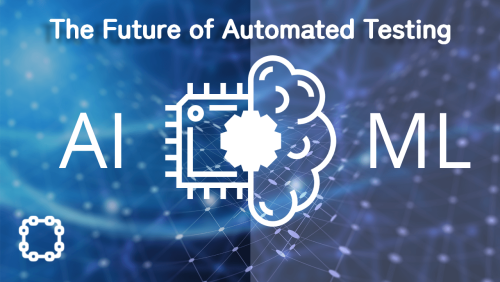As technology continues to evolve, the field of automated testing is experiencing significant changes. These developments are shaping the way software is tested and delivered, ensuring higher quality and faster release times. Here are some of the latest trends and predictions in the future of automated testing.
1. AI and Machine Learning in Testing
Artificial Intelligence (AI) and Machine Learning (ML) are making their way into automated testing. These technologies can help in creating more efficient and intelligent tests. For example, AI can predict which parts of the software are most likely to have bugs and focus testing efforts there. This not only saves time but also ensures more reliable software.

2. Comprehensive Automation (Hyperautomation)
Hyperautomation involves using advanced tools to automate every possible part of the testing process. This includes integrating automated testing into the entire development cycle, from writing code to deploying the final product. By doing this, companies can release new features and updates more quickly and with fewer errors.

3. Early and Continuous Testing
Instead of waiting until the end of the development process to test the software, more companies are adopting "shift-left" and "shift-right" testing. Shift-left means testing earlier in the development process, while shift-right involves testing in the production environment with real user data. Both approaches help in catching bugs early and continuously improving the software.

4. User-Friendly Testing Tools
The rise of no-code and low-code testing tools is making it easier for people without a technical background to create and manage automated tests (like webship-js tool). These tools have simple interfaces and templates, allowing more team members to participate in the testing process. This democratization of testing helps in speeding up the development and ensures that the software meets diverse user needs.
Learn more about webship-js : https://webship.co/docs
5. Testing Microservices and Containers
Modern applications often use microservices and containers, which are small, independent units that work together. Automated testing tools are evolving to handle these complex structures, ensuring that each microservice functions correctly both independently and as part of the larger system. This approach helps in maintaining the reliability and performance of the overall application.

6. Security Testing
With the increase in cyber threats, security testing has become more important than ever. Automated security testing tools are being integrated into the development process to identify and fix vulnerabilities early. By continuously testing for security issues, companies can protect their software from potential attacks.

7. Managing Test Data
Having accurate and realistic test data is crucial for effective testing. New tools and techniques are being developed to manage test data better, such as generating synthetic data or anonymizing real user data. This ensures that tests are reliable and do not compromise sensitive information.

8. Performance Testing
Ensuring that software performs well under different conditions is a key aspect of automated testing. Advanced performance and load testing tools can simulate real-world scenarios to identify and address performance bottlenecks. Continuous performance testing helps in maintaining high standards and meeting user expectations.
The future of automated testing is promising, with many new technologies and strategies coming into play. AI and machine learning, comprehensive automation, early and continuous testing, user-friendly tools, microservices and container testing, robust security testing, effective test data management, and advanced performance testing are all shaping the future of this field. By staying updated with these trends, organizations can deliver better software faster and more efficiently, meeting the growing demands of users.





